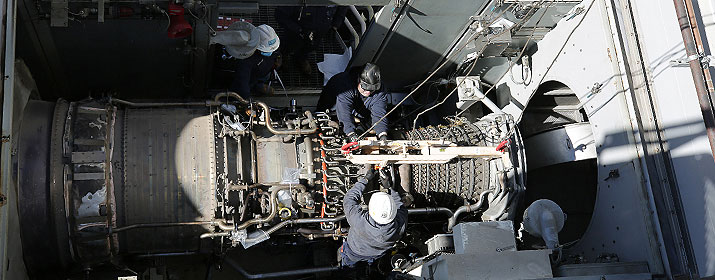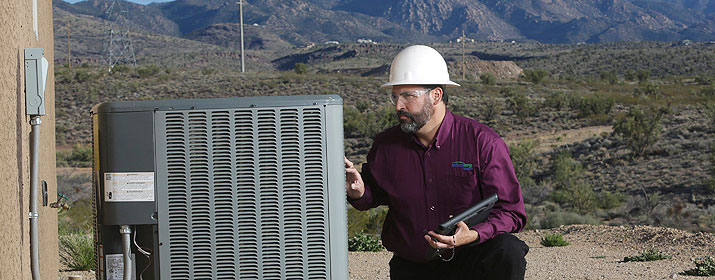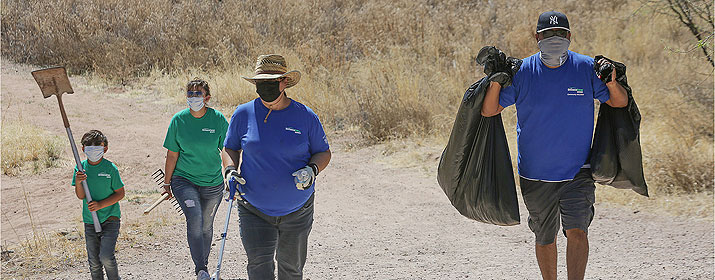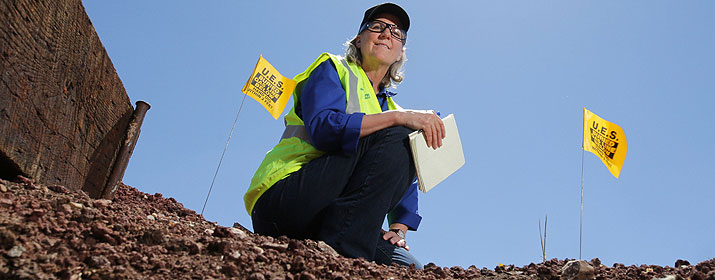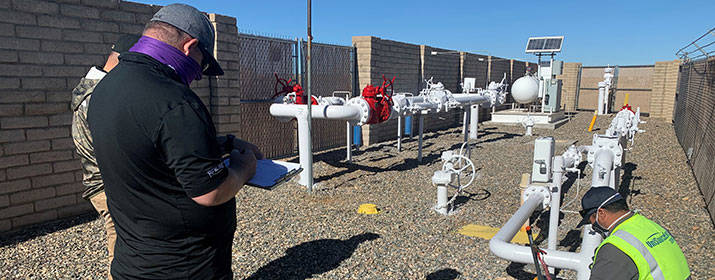
Did you know our natural gas lines also conduct electricity?
A small amount of DC amperage is applied to UniSource’s underground steel pipelines to prevent them from corroding, a technique called cathodic protection.
To keep this system running smoothly, our crews recently performed maintenance on a key component buried up to 300 feet deep in the Lake Havasu City area. The replacement of anodes in the “cathodic protection groundbed,” completed in January, illustrates the depth to which UniSource will go to maintain reliable service.
“Keeping the public and our employees safe is the most important element of our business, with reliability right behind it,” said Martin Anaya, Director of UniSource Gas. “We continuously take proactive steps to make sure our pipelines are protected so gas is ready when our customers need it for daily use. We have steel gas lines that were installed in the 1950’s that are still in service today. Because of the cathodic protection, those lines still look as new as the day they were installed. “
UniSource uses some form of cathodic protection on every inch of steel pipe in our system. Those systems require periodic upkeep, requiring UniSource to complete about one maintenance project a year.
Richard Perez, Supervisor of Cathodic Protection, explained that buried pipelines can be vulnerable to corrosion, depending on a number of factors such as soil characteristics and pipe composition. “The steel pipeline is created from a natural substance – iron ore- so when it is introduced back into the soil it will try to return back to its natural state,” Perez explained.
Iron naturally corrodes in the presence of both water and air in soil through an electro-chemical reaction Our technicians can’t see this electrochemical activity underground, but they can detect it by use of specialized instruments. The amount of corrosion control can be measured by taking pipe-to-soil readings. Lake Havasu’s sandy soil tends to have higher corrosion rates, and our readings determined it was time to replace a key part of the pipeline’s impressed current system.
Long rods made from a carbon alloy are connected to the pipeline through an external power supply and employed as anodes, attracting electrons that might otherwise bond with the iron. This shifts corrosion away from the pipeline but results in corrosion of the rods through release of the electrons into the soil, which eventually require replacement.
“We’re not completely stopping corrosion from happening, but rather we’re shifting it to the anodes. The anodes essentially sacrifice themselves for the life of the pipeline,” Perez said, adding it has been a successful intervention to halt corrosion. “It’s a common, yet complex strategy, requiring a knowledge of the electro-chemical process for a successful outcome.”
The project, completed in January, provides 15 to 20 years of protection for the pipeline. If any leaks or corrosion are found during this or other maintenance projects, those sections of pipeline are immediately repaired or replaced.

